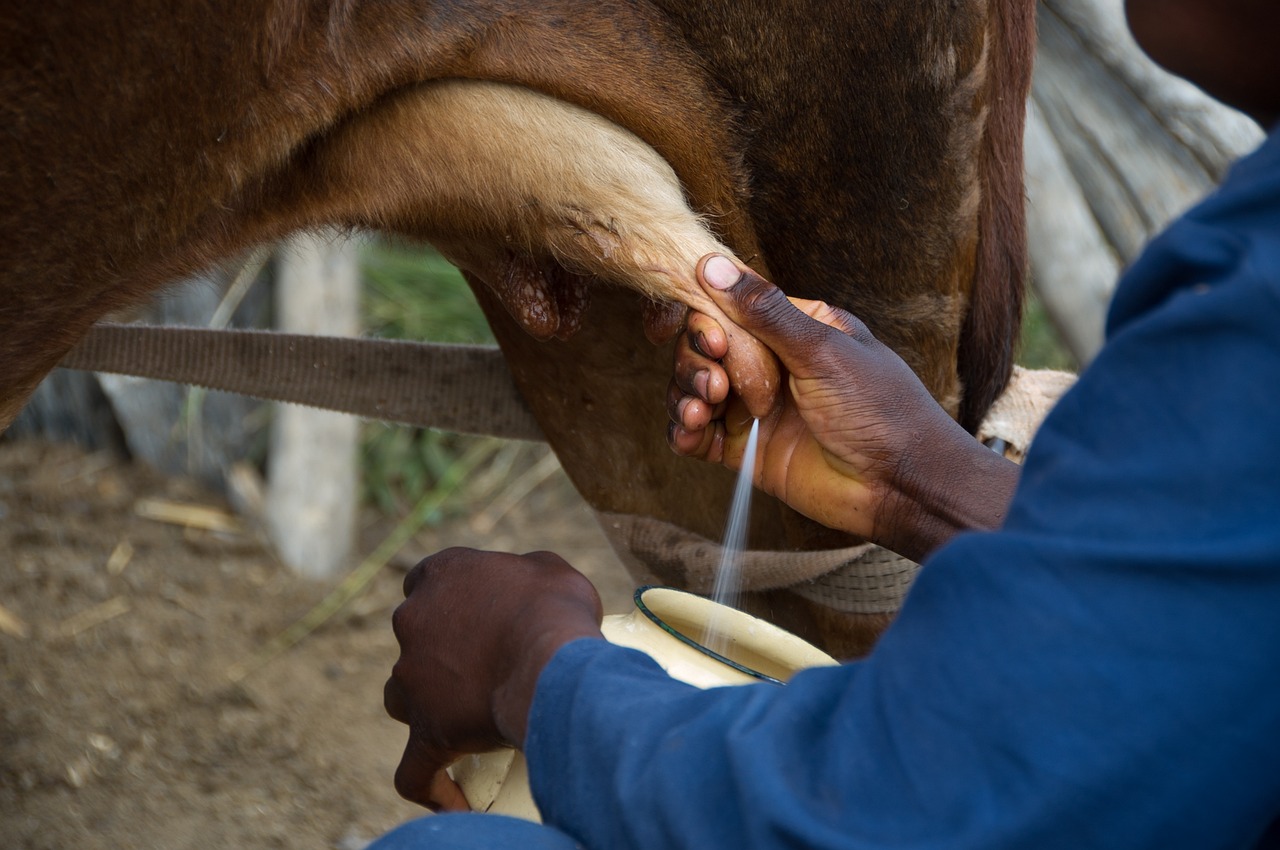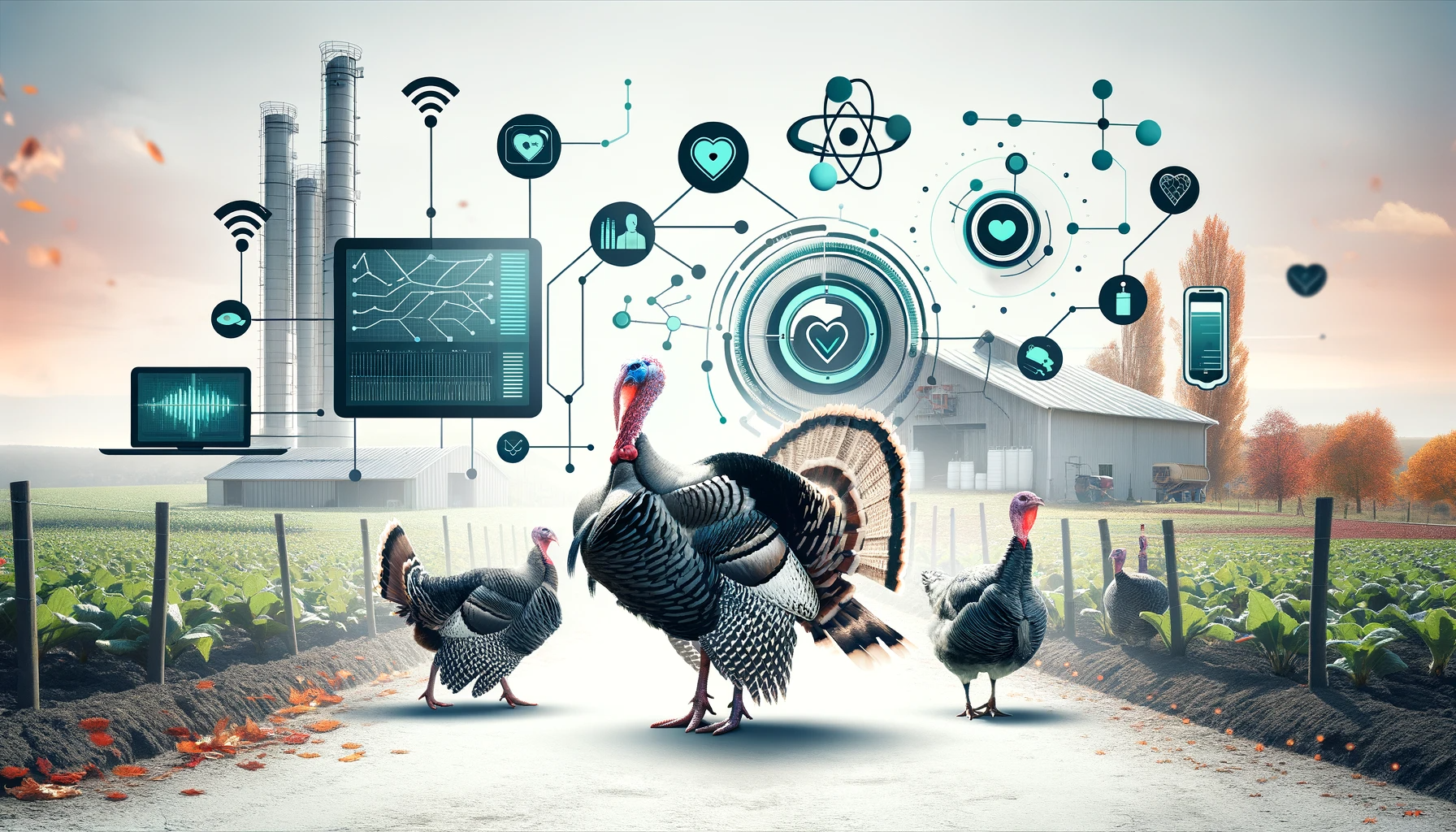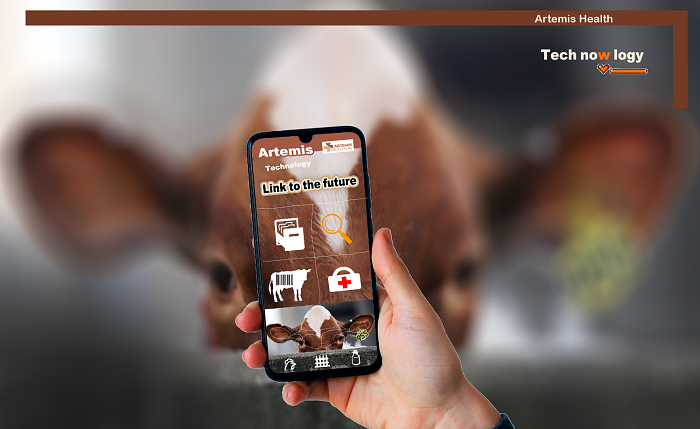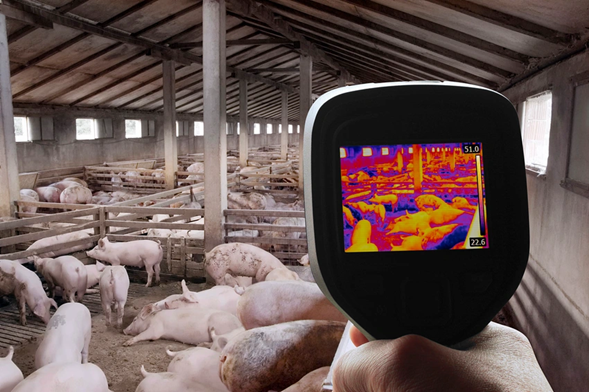Introduction
Livestock monitoring plays a crucial role in modern agriculture, ensuring the health and well-being of animals while optimizing farm productivity. Smart tools and technologies have revolutionized the way farmers monitor their livestock, providing real-time data and insights into various aspects of cattle behavior and health. One such area where smart tools have proven invaluable is in detecting and monitoring cattle states, including rumination, feeding, and other behaviors. In this blog post, we will explore the use of smart tools for this purpose and their benefits for farmers.
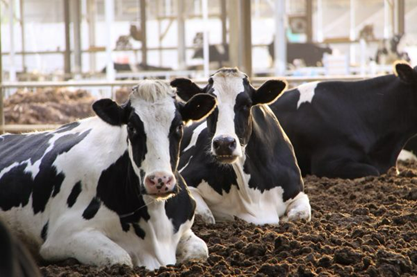
Detecting Cattle States
Traditionally, farmers relied on visual observation and manual record-keeping to monitor cattle states such as rumination, feeding, and rest. However, these methods are labor-intensive, time-consuming, and often prone to errors. Smart tools, on the other hand, offer a more efficient and accurate way to monitor these states.
- Rumination Monitoring: Smart tools, such as rumination collars or ear tags, use sensors to detect the chewing activity of cattle, which is indicative of rumination. These sensors can track the duration and frequency of rumination, providing insights into the digestive health of the animal. By monitoring rumination patterns, farmers can detect early signs of health issues such as acidosis or digestive disorders.
- Feeding Monitoring: Smart feeders equipped with sensors can monitor the feeding behavior of cattle, including the amount and frequency of feed intake. This information is valuable for ensuring that each animal receives the appropriate nutrition and can help identify any changes in appetite or feeding patterns that may indicate health issues or stress.
- Activity Monitoring: Smart tools can also track the activity levels of cattle, including movement and rest patterns. Changes in activity levels can indicate heat detection, illness, or other behavioral changes that require attention.
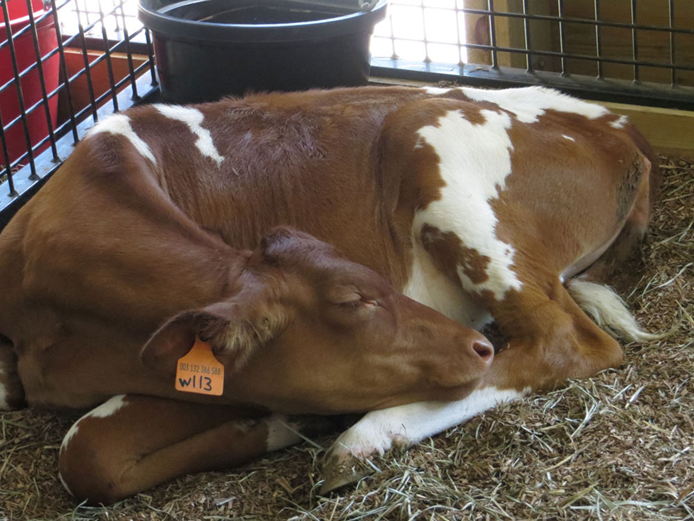
Benefits of Using Smart Tools
- Improved Health Monitoring: Smart tools provide real-time data on cattle states, allowing farmers to detect health issues early and take timely action.
- Enhanced Productivity: By monitoring rumination, feeding, and activity patterns, farmers can optimize feed management and ensure that each animal receives the necessary care and attention.
- Reduced Labor Costs: Smart tools automate the monitoring process, reducing the need for manual observation and record-keeping.
- Data-Driven Decision Making: The data collected by smart tools can be analyzed to gain insights into cattle behavior and health trends, enabling farmers to make informed decisions about herd management.

Conclusion
Smart tools offer a range of benefits for farmers looking to enhance their livestock management practices. By using these tools to monitor cattle states such as rumination, feeding, and activity, farmers can improve the health and well-being of their animals while increasing productivity and efficiency on the farm.


